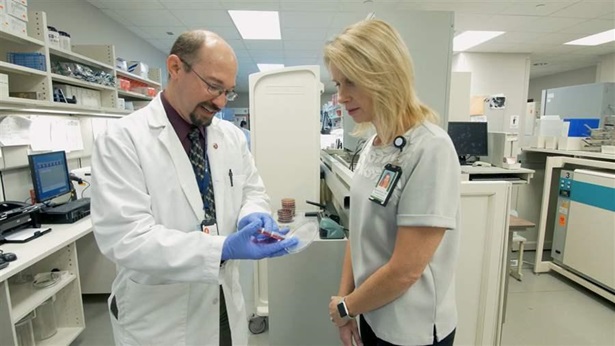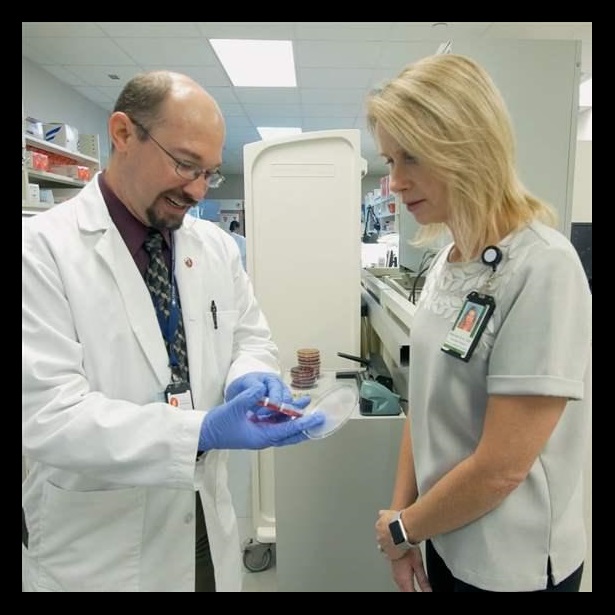CDC Updates Guidelines to Improve Hospital Antibiotic Use
Changes highlight effective practices to enhance patient safety and combat antibiotic resistance

The Centers for Disease Control and Prevention (CDC) has updated its Core Elements of Hospital Antibiotic Stewardship Programs to include more specific recommendations around the seven essential components of programs intended to improve antibiotic use. This resource, published Nov. 18, will help hospitals nationwide develop and implement effective interventions to combat antibiotic resistance and enhance patient safety.
The core elements can guide hospitals in meeting requirements for antibiotic stewardship programs set by payors such as insurance companies and the government, as well as their accreditors. For example, in 2020, the Centers for Medicare and Medicaid Services will require all hospitals to implement such programs in order to participate in Medicare and Medicaid. In addition, The Joint Commission, a leading nonprofit accrediting organization, already requires stewardship.
What are core elements of hospital antibiotic stewardship programs?
- Hospital leadership commitment. Organization executives and administrative leaders dedicate the necessary human, financial, and information technology resources.
- Accountability. Appointed stewardship program leaders are clearly responsible for program management and outcomes.
- Pharmacy expertise (previously “drug expertise”). Pharmacists are appointed to the stewardship program leadership team.
- Action. Hospitals implement recommended interventions to improve antibiotic use.
- Tracking. Facilities monitor antibiotic prescribing, the impact of interventions, and other important outcomes, such as rates of Clostridioides difficile infection and resistance.
- Reporting. Information on antibiotic use and resistance is reported regularly to prescribers, pharmacists, nurses, and hospital leadership.
- Education. Prescribers, pharmacists, and nurses are educated about adverse reactions from antibiotics, antibiotic resistance, and optimal prescribing.
The new guidelines include specific recommendations to help hospitals implement or enhance their stewardship programs. For example, CDC says hospitals should:
- Elevate pharmacists’ role. Recognizing the wide variation across facilities in access to pharmacists with specialized expertise, the agency highlights resources to provide stewardship training to those in facilities with fewer resources.
- Report antibiotic use to CDC’s National Healthcare Safety Network (NHSN). Through NHSN, hospitals can track and report their antibiotic use, compare their use against that of other hospitals, and detect areas where interventions are needed to reduce inappropriate prescribing.
- Prioritize certain stewardship interventions. An expert outside a patient’s clinical team should review—and make recommendations about—the patient’s antibiotic treatment (audit and feedback). Requiring providers to obtain stewardship team approval before using certain antibiotics (preauthorization) is also essential to successful stewardship. The intervention strategies largely align with recommendations from an expert convening organized by The Pew Charitable Trusts and The Joint Commission in 2018.
CDC’s updated guidance is part of the agency’s commitment to the fight against antibiotic resistance and is an important resource to support ongoing efforts in hospitals to improve antibiotic use and protect patient safety. Pew will continue to collaborate with CDC, hospitals, accreditors, and other stakeholders to drive nationwide implementation of the core elements and track U.S. progress in reducing the inappropriate use of life-saving antibiotics.
David Hyun, M.D., and Ariana Olshan work on The Pew Charitable Trusts’ antibiotic resistance project.

















